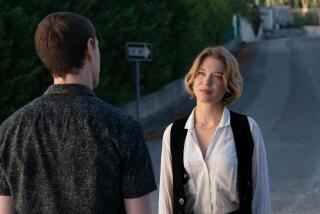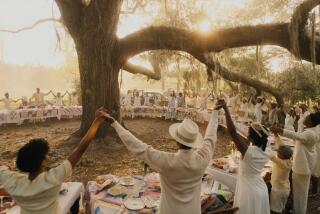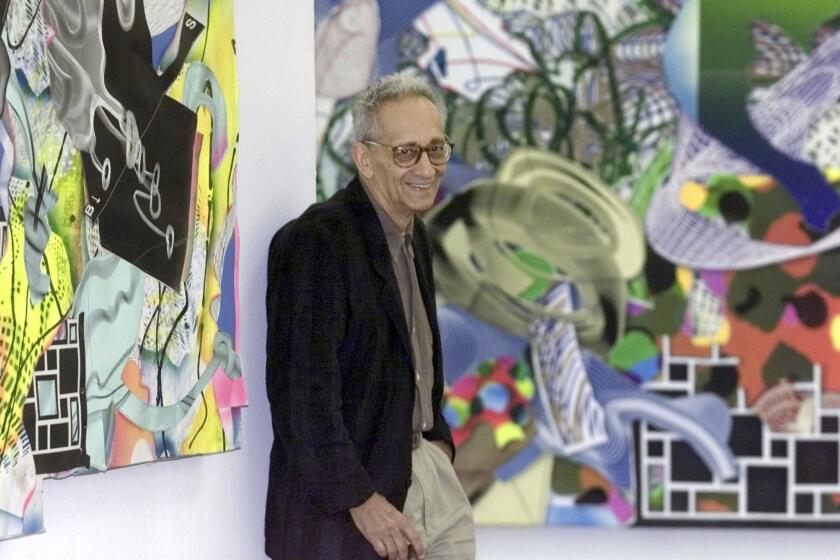Review: ‘The Wild Child’
In the summer of 1798 in a forest in the South of France, several hunters and their dogs captured a boy of 11 or 12, filthy and long-haired and walking on all fours. He landed in the National Institution for the Deaf and Dumb, where he was put on exhibition for the paying public -- a fate shared by the deformed Elephant Man decades later.
But as the latter had his savior in an enlightened physician, so did the Wild Child of Aveyron, in Dr. Jean Itard, who in two diaries wrote the first fully documented account of a boy who had learned to survive like an animal in the wilderness.
Itard’s diaries served as a documentary-like basis for François Truffaut’s 1970 “The Wild Child.” Although not as familiar as “The 400 Blows” or “Jules and Jim,” it is clearly one of the director’s greatest achievements. Shot in black and white by Néstor Almendros, it is an exquisite and subtle period piece, right down to an inspired use of the iris, a favorite camera technique of D.W. Griffith. It is richly evocative of the essential human mystery of who we are and how we came to be that way.
Truffaut, who plays Itard, identifies with the Wild Child (the remarkable nonprofessional Jean-Pierre Cargol, a French Gypsy) in that the director experienced an isolated and rebellious childhood. Truffaut’s Itard is deeply caring yet resolute in his scientific detachment. He senses that the boy he eventually names Victor is intelligent, and at his estate outside Paris, aided by his housekeeper (Françoise Seigner), he attempts to communicate with and tame the youth.
Fueled by love, devotion and endless patience, this gradual, painstaking process unfolds with mesmerizing conviction. Itard’s extraordinary attention to detail allowed Truffaut to make “The Wild Child” an enduring film of enchanting and provocative revelation.
More to Read
The biggest entertainment stories
Get our big stories about Hollywood, film, television, music, arts, culture and more right in your inbox as soon as they publish.
You may occasionally receive promotional content from the Los Angeles Times.






